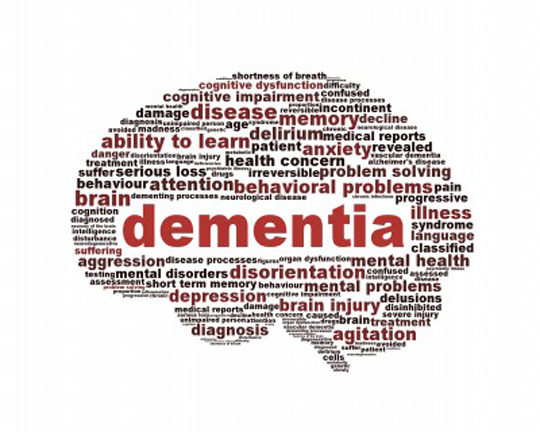Did you know that the man determined to be the “Father of Veterans Day” is from Alabama? As a tribute to our Veterans, I thought I would include a little bit of history. According to Wikipedia, in 1945, World War II Veteran Raymond Weeks from Birmingham, AL had the idea to expand Armistice Day to celebrate all veterans, not just those who died in World War I. Weeks led the efforts and presented them to General Dwight Eisenhower who supported the idea. The first national celebration of Veterans Day as we know call it, was in 1947.
So how will you honor this day?
I’m so excited that a group of folks from my hometown have worked extremely diligently to have a special Veterans Day parade this year. I’m thrilled that World War II Veterans and several of our other Veterans will be honored during this event. These courageous folks and so many across others across our great nation are so proud of their service to our country. They also have amazing stories to share. They are truly living national treasures.
One of the things that stands out to me the most is the pride that I hear when I have listened to residents speak of their service. I have been told of lands that I have never seen and how we in the United States of America, live in the greatest country on earth. It is so amazing to hear the first person retelling of their great stories. The stories of writing and waiting on handwritten letters seems like a lifetime ago in our broken down communication age where we text people in the same room. The stories of lifelong friendships that were born in the service of our country are remarkable. Not once have I heard of protest or disdain. The nobility of their acts are shown in their actions and love for this land in their speech as well. Even to this day.
 So I invite you…take time to thank a Veteran for their service to our country. Take time to talk with them. Take time to listen. It is because of their sacrifice and that of those serving today that we are able to enjoy our freedoms. Because of the brave, we live in the land of the free.
So I invite you…take time to thank a Veteran for their service to our country. Take time to talk with them. Take time to listen. It is because of their sacrifice and that of those serving today that we are able to enjoy our freedoms. Because of the brave, we live in the land of the free.
If you are interested in checking into VA Benefits for Assisted Living, please click on the VA Benefits section of our webpage.













